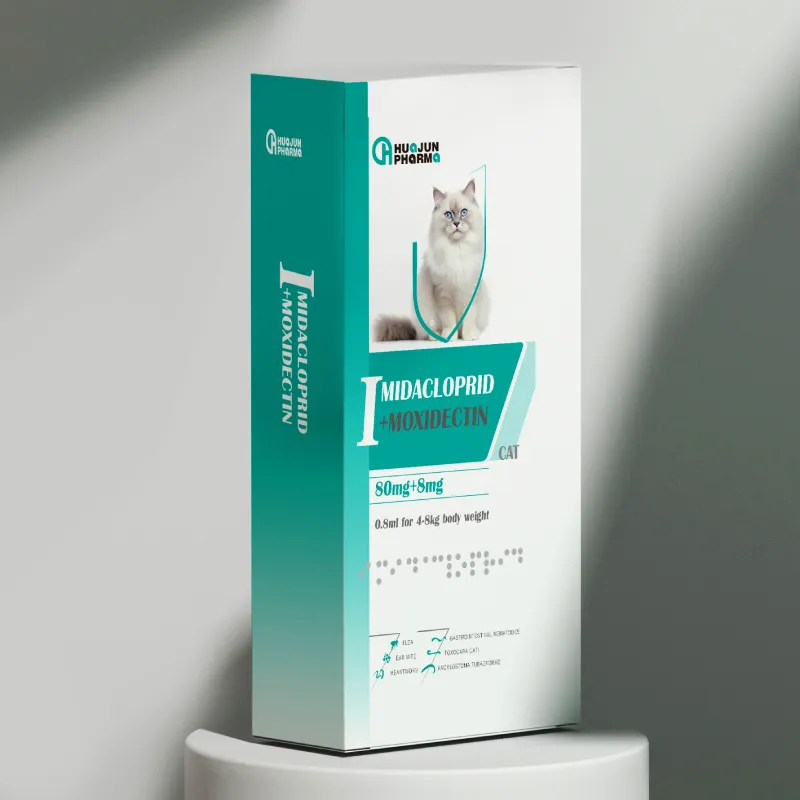
Ago . 18, 2024 04:00 Back to list
Custom Pneumonic Pasteurellosis in Sheep and Its Impact on Livestock Health
Custom Pneumonic Pasteurellosis in Sheep Understanding and Management
Pneumonic pasteurellosis is a significant respiratory disease affecting sheep, primarily caused by the bacteria *Mannheimia haemolytica*. This pathogen is part of the normal flora of the respiratory tract in healthy sheep; however, under certain stress conditions, it can proliferate and lead to severe pneumonia. Understanding the disease, its causes, symptoms, and management strategies is essential for sheep farmers to mitigate losses and ensure animal welfare.
Causes of Pneumonic Pasteurellosis
Pneumonic pasteurellosis is often precipitated by environmental and management factors that stress the animals. These factors include changes in weather, overcrowding, poor ventilation, and transportation stress. Sheep that undergo abrupt changes in their environment or are compromised by concurrent diseases, such as enzootic pneumonia or nutritional deficiencies, are particularly vulnerable.
It's crucial to note that young lambs, especially those between 3 weeks to 6 months old, are at a higher risk due to their immature immune systems. Adult sheep may also be affected under extreme stress or when they have underlying health issues.
Symptoms of Pneumonic Pasteurellosis
Affected sheep may present a range of clinical signs. Early indicators include coughing, nasal discharge, and lethargy. As the disease progresses, symptoms may worsen to include
- Severe respiratory distress - Open-mouth breathing - High fever (often exceeding 104°F or 40°C) - Foul-smelling breath or nasal discharge - Poor appetite and weight loss
In advanced stages, sheep may exhibit signs of severe pneumonia, such as auscultation of abnormal lung sounds and potentially, the presence of pleuritis. It’s important that farmers maintain vigilance for these symptoms, as early intervention can significantly improve outcomes.
Diagnosis
custom pneumonic pasteurellosis in sheep

Diagnosing pneumonic pasteurellosis involves clinical examination and sometimes necropsy in severe cases. Veterinarians will assess clinical signs and may recommend laboratory tests, such as bacterial cultures or PCR testing, to confirm the presence of *Mannheimia haemolytica*. Understanding the herd's health history, management practices, and environmental conditions is also essential in forming an accurate diagnosis.
Treatment and Management
Management of pneumonic pasteurellosis focuses on both treatment of affected sheep and prevention strategies for the flock
1. Immediate Treatment Antibiotics, such as oxytetracycline or tulathromycin, are commonly prescribed to combat bacterial infection. Anti-inflammatory drugs may also be administered to reduce lung inflammation and improve respiratory function.
2. Supportive Care Ensuring that affected sheep have access to fresh water and high-quality feed helps in recovery. Reducing stress through adequate housing and minimizing transportation can also facilitate the healing process.
3. Vaccination Vaccination against *Mannheimia haemolytica* can be an effective preventive measure, especially in flocks that have previously experienced outbreaks. Consulting with a veterinarian on the appropriate vaccination schedule is recommended.
4. Environmental Management Improving housing conditions by ensuring proper ventilation can limit the incidence of respiratory diseases. Avoiding overcrowding and managing the transition of newly introduced sheep into the flock are also crucial steps.
5. Biosecurity Measures Implementing strict biosecurity protocols can prevent the introduction of pathogens into the flock. Regular health checks and maintaining good sanitation practices can help mitigate the risk of disease transmission.
Conclusion
Pneumonic pasteurellosis poses a significant threat to sheep health, with potential economic implications for farmers. Awareness of the causes, symptoms, diagnosis, and management strategies is crucial to minimize the impact of this disease. By fostering good management practices and implementing preventive measures, sheep farmers can protect their flocks and contribute to the overall health of their herds.
-
Premium China Bacillus Subtilis Supplier & Factory Solutions
NewsJul.30,2025
-
Premium Avermectin Supplier in China | Custom Solutions Available
NewsJul.29,2025
-
China Bacillus Subtilis Supplier - Custom Factory Solutions
NewsJul.29,2025
-
China Salivation: Leading Custom Salivation Supplier & Factory Solutions
NewsJul.29,2025
-
Leading Lincomycin Hydrochloride Manufacturer & Supplier with High Purity
NewsJul.29,2025
-
Bio-Enzyme Yogurt Growth Promoter Factory - Top Quality Manufacturer & Supplier
NewsJul.28,2025




